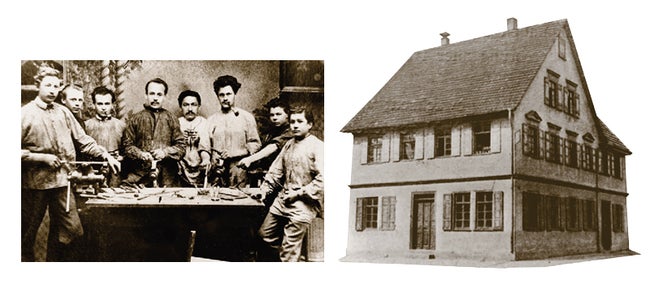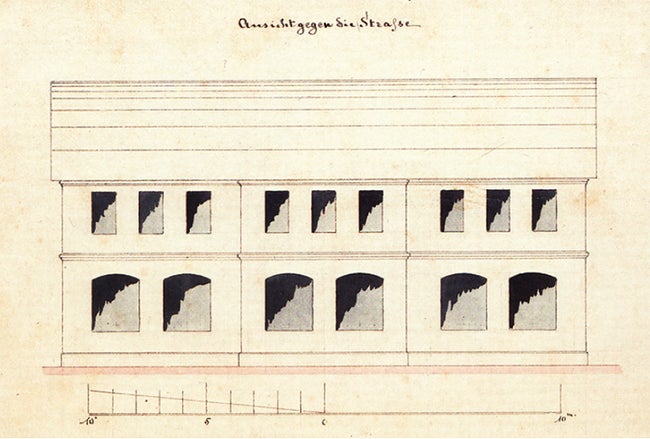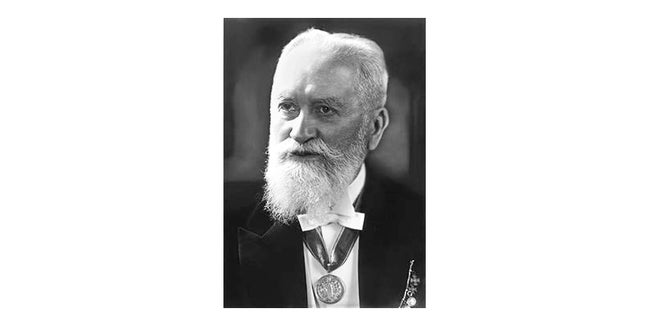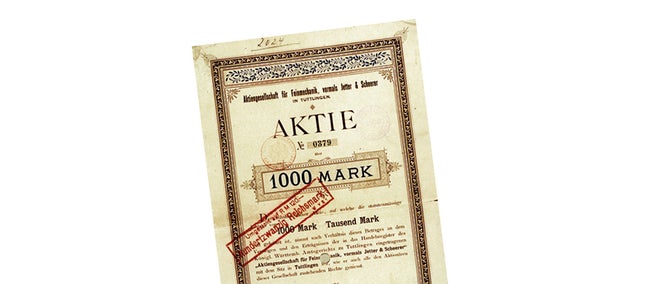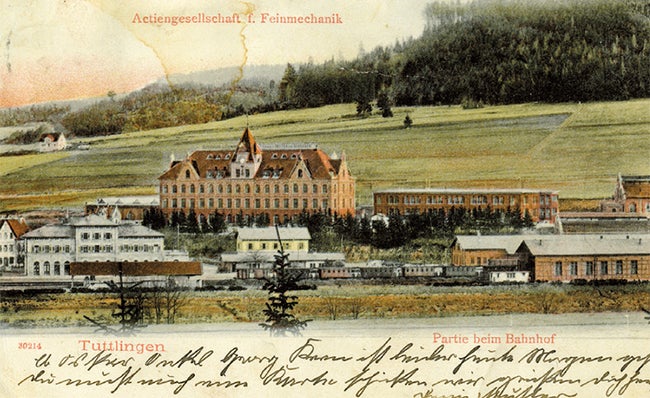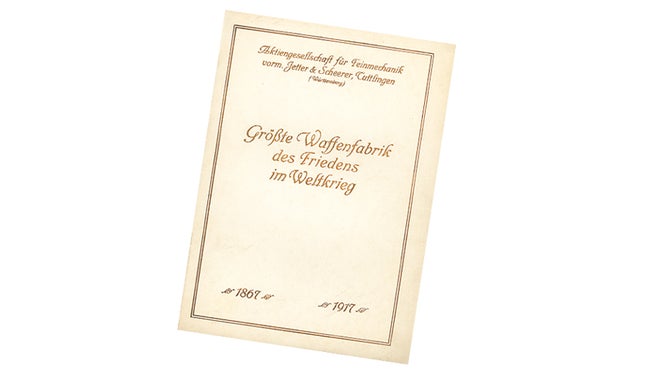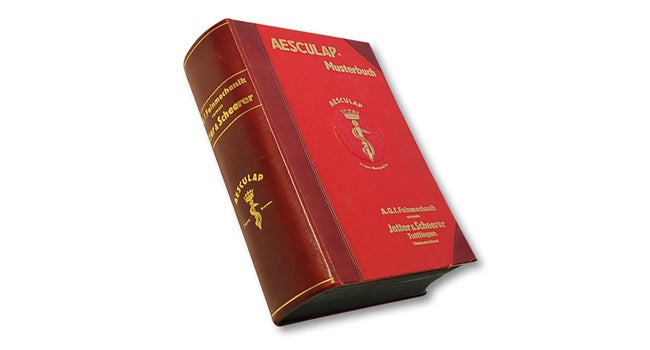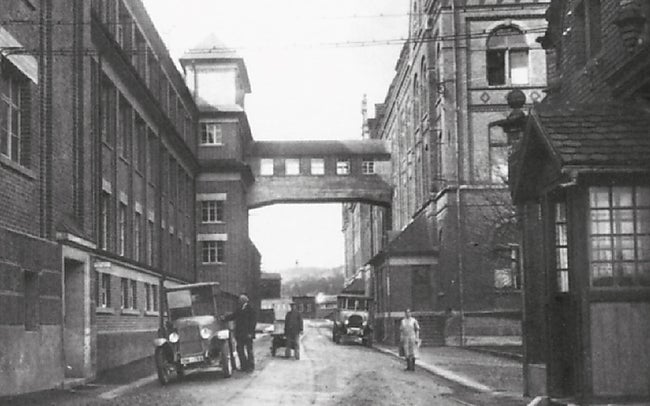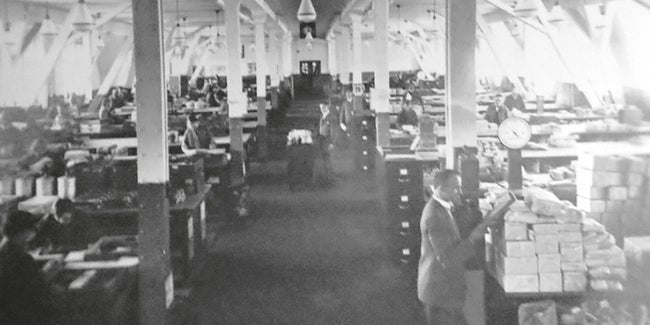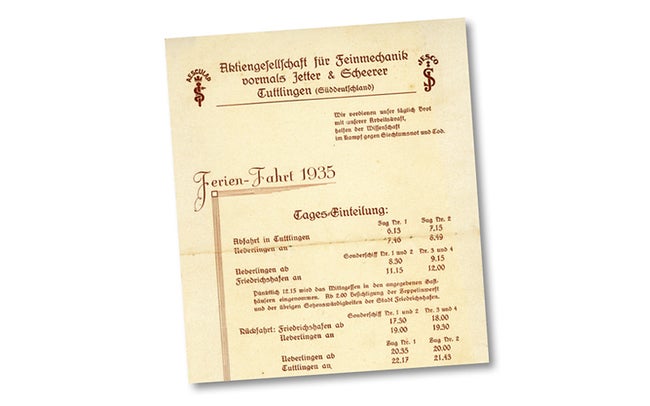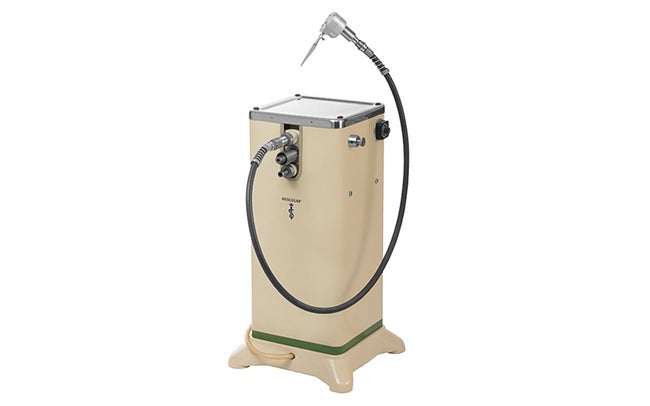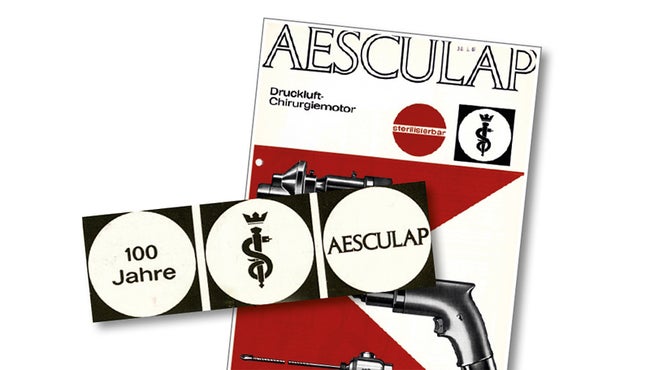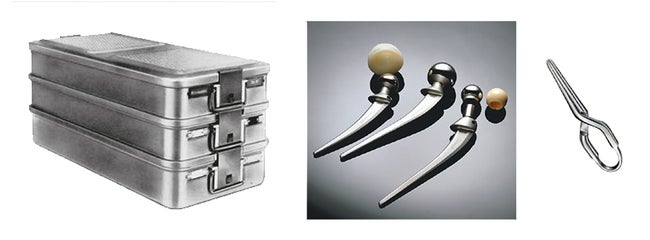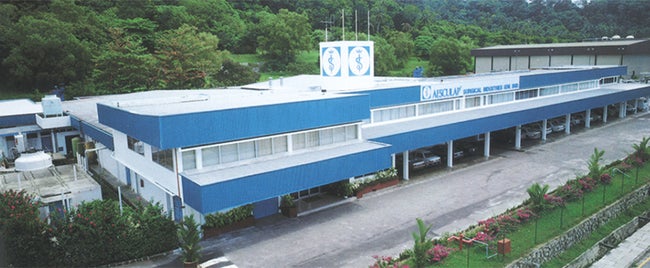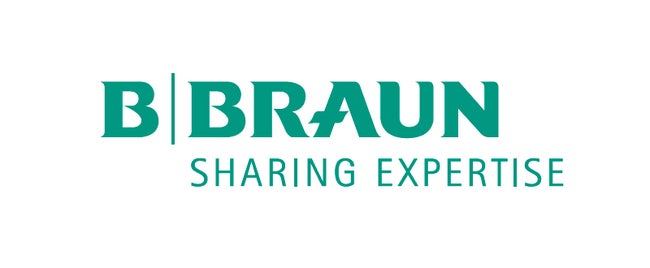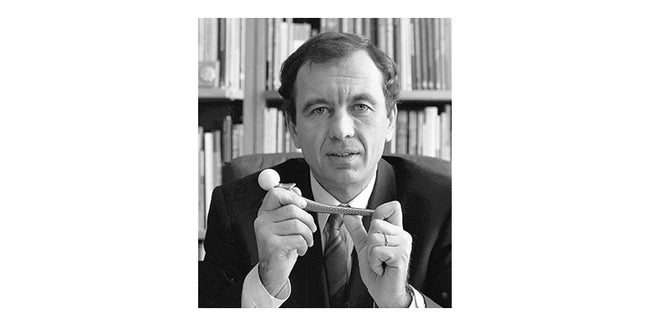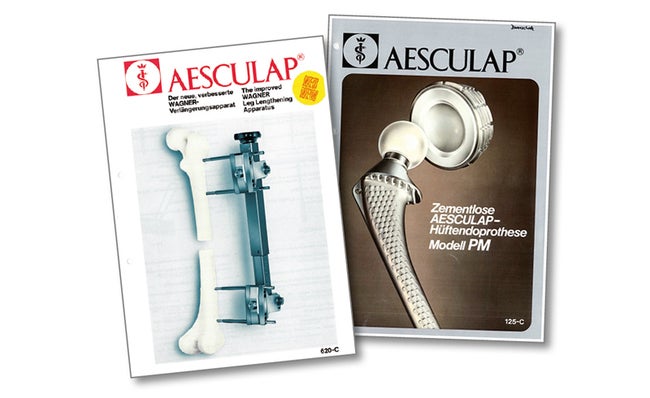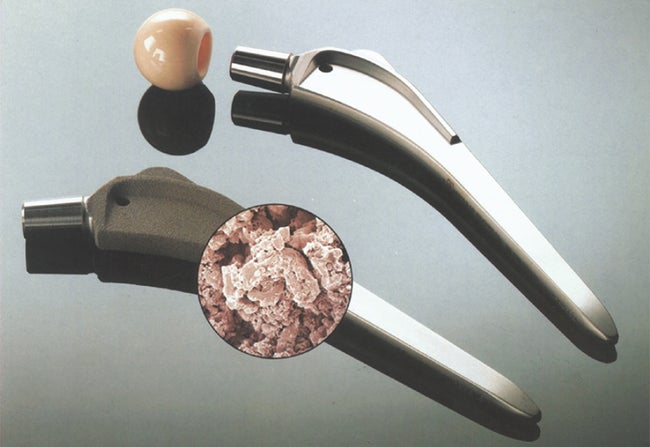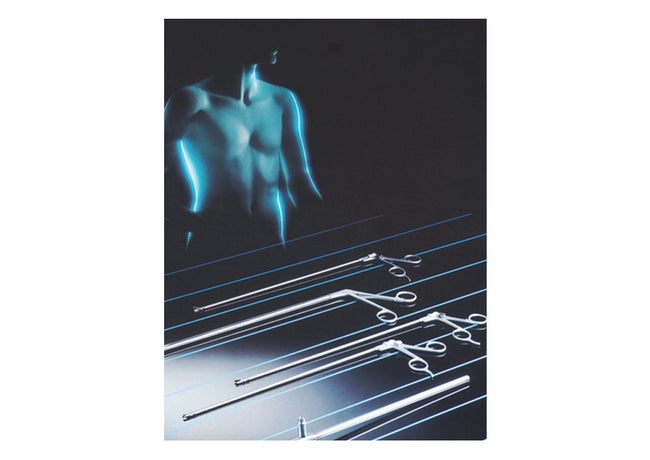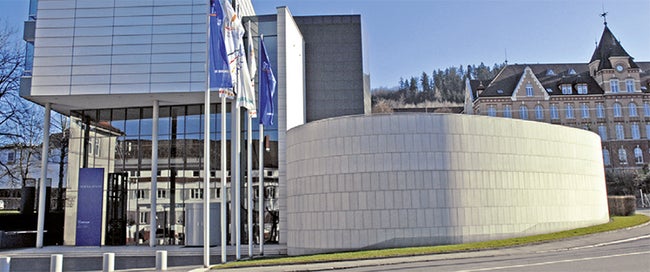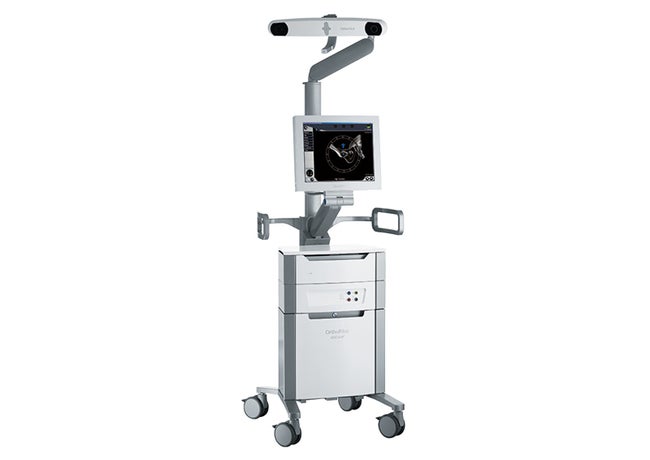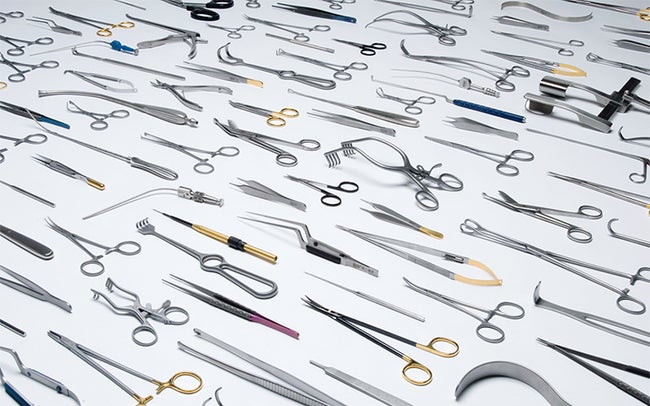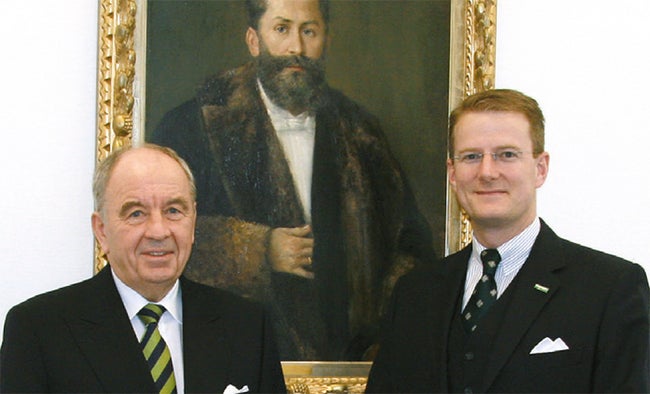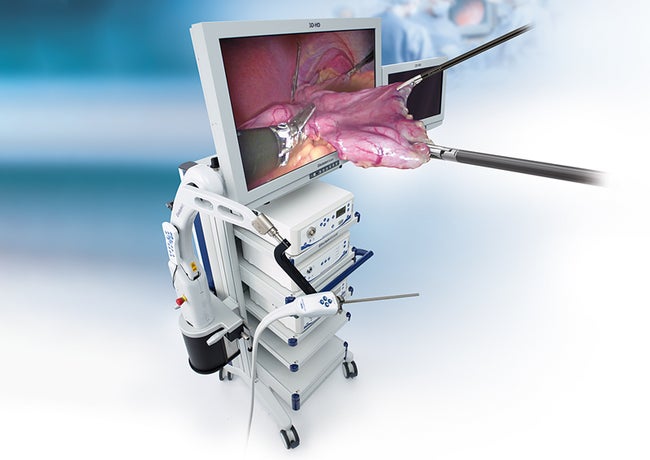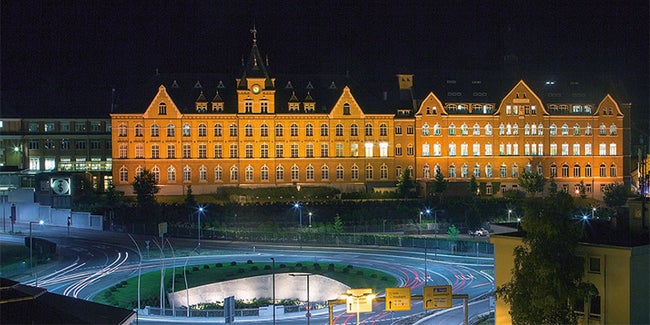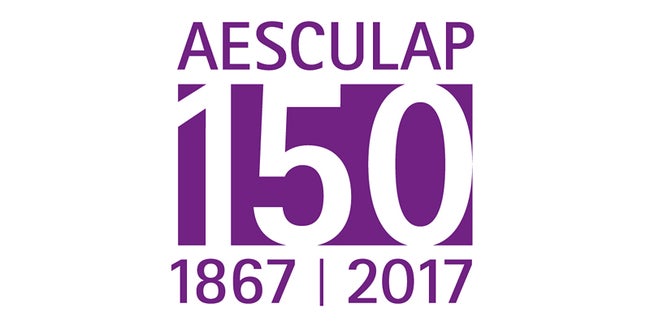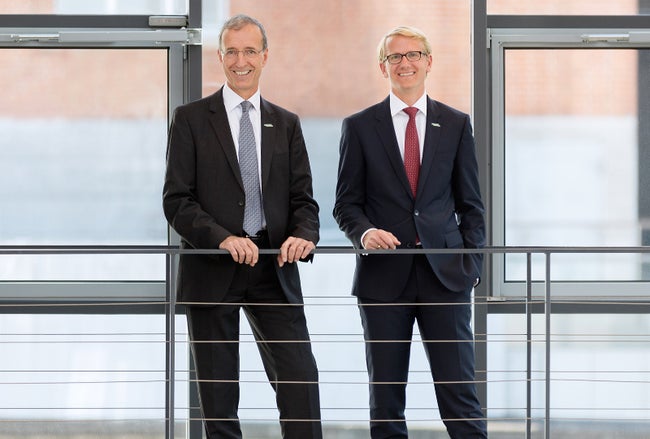Aesculap Meilensteine
1867-1887
1867
Gottfried Jetter, the founder of the company, took a look around medical technology centers and starts manufacturing surgical instruments in his workshop on his return to his home town of Tuttlingen.
1874
Jetter is not the first to manufacture surgical instruments in Tuttlingen but he takes advantage of the opportunities provided by his time and produces them in larger quantities. The young company “Gottfried Jetter Fabrik chirurgischer Instrumente” issues a fi rst price list with 172 articles.
1878
The business does well and is continually having to expand. Jetter builds a two-story factory, 120 employees manufacture the in-demand instruments and a 6 hp steam engine supplies the power.
1887
Jetter turns to his family, his two brothers-in-law Wilhelm and Karl Christian Scheerer become partners. The company is now called “Jetter & Scheerer”; Karl Christian Scheerer is the man of the future for the company.
1889-1918
1889
The first subsidiary is established in Berlin, others follow in New York (1893) and London (1895). The serpent-entwined staff with a crown becomes the company’s trade mark. This trade mark and the brand name AESCULAP (from 1899) become the symbols for the company‘s quality products.
1895
The company becomes the joint-stock company “Aktiengesellschaft für Feinmechanik vormals Jetter & Scheerer”; the share capital was 1.6 million Marks. The company becomes a key player in industry in Württemberg and is one of the leading manufacturers of surgical instruments – and it still is today!
1898–1899
The leading architect for industrial buildings at that time, Philipp Jakob Manz, designs and builds the historical production site, which is still used today, at Tuttlingen station – it is modern, solid, cheap and quick to build. Manz becomes the company‘s in-house architect and also builds a villa for Councilor of Commerce Scheerer and several worker’s houses.
1914–1918
During the First World War, the company also manufactures munitions. On its 50th anniversary in 1917, it calls itself the “Biggest arms factory of peace in the world war”. Business was going so well that the production site was signifi cantly expanded up to 1923.
1922-1939
1922
The “Illustrated Main Catalog” has tens of thousands articles on 2,848 pages, ranging from incubators to coat hooks for doctor‘s coats to cadaver transport trolleys – everything used in healthcare in the broadest sense. And, of course surgical instruments of all kinds and for every discipline.
1930–1932
After a temporary high in the 1920s with an export ratio of 73 %, the markets collapse in the Great Depression. The number of employees has to be reduced to 1,100 from just under 1,800 and the working week is reduced from 48 to 36 hours.
1932
The company patriarch Councilor of Commerce Karl Christian Scheerer resigns. He has shaped the company and turned it into a big company. His sons Fritz and Hans Scheerer take over.
1935–1939
The company slowly gets back on track, but the export rate decreases further. The Nazi government prepares for war and buys instruments for German military medical units.
1939-1970
1939–1945
The company becomes an arms factory and again manufactures munitions as well as its traditional products. Forced laborers and prisoners of war replace the numerous conscripted German employees. At the end of the war, the company is seized by French troops and many of its machines are disassembled. In the 1990s Aesculap was deeply involved in the payment of compensation to the forced laborers.
1955
The company only bounced back slowly after the war. It employed around 1,500 people but it went through a long phase of stagnation with low revenues, little investment and barely any innovative products. In this period, the competition in Tuttlingen strengthened its position. Aesculap had to fi ght to survive.
1967
The company is able to celebrate its 100th anniversary, even though the number of employees reached its lowest level the year before at 1,184. With the departure of Hans Scheerer, the last member of the founding family leaves the company.
from 1970
Things improve slowly for the company – with the start of hip implant production, new developments such as sterile containers (1971), the innovations in neurosurgery, in which the company becomes one of the leading global manufacturers, and due to the introduction of high frequency surgery.
1973-1982
1973
As a reaction to cheap products from Pakistan, Aesculap opens a production site in Georgetown, Malaysia, where Aesculap instruments are manufactured to the famous Tuttlingen quality standards. Building 19 becomes the fi rst new building at the Tuttlingen site since the 1920s.
1976
The awakening becomes visible: The camouflage applied to the factory buildings in the Second World War is gradually removed. The company commits to its historical site, which is comprehensively renewed. Aesculap’s revenues pass 100 million Marks for the first time. B. Braun Melsungen AG becomes the majority shareholder.
1977
With the arrival of the young Michael Ungethüm at the company, the door is opened to science. The company significantly increases its research and development activity and thus its investments as well.
1982
Aesculap starts developing arthroscopy instruments for minimally invasive surgery. The company develops and produces endoprostheses in collaboration with leading medical experts from different specialist trauma surgery and orthopaedic fields.
1988-1997
1988
Aesculap AG becomes the company‘s official name. The renowned English instrument manufacturers W. Skidmore and Downs Surgical are purchased. The Bicontact hip prostheses can be implanted without cement thanks to their Plasmapore coating.
1991
Aesculap acquires a majority stake in the Polish company CHIFA in Nowy Tomyśl, a manufacturer of surgical instruments, and establishes Aesculap Suhl GmbH after the acquisition of Medizintechnik Suhl GmbH. Today the company is a manufacturer of animal clippers. Aesculap off ers a complete portfolio for minimally invasive surgery.
1995
Opening of the Aesculapium. The company breaks new ground with this science and communication center. Dialog with medical specialists becomes very important. More Aesculap Academies follow in Berlin (2005), in Bochum (2013) and in Suzhou, China (2016).
1997
Aesculap launches the OrthoPilot navigation system. Together with the endoprostheses, it makes the company a leading global manufacturer of navigated knee endoprostheses.
2001-2009
2001
With the opening of the Benchmark factory, the first large production site outside the company’s historical area, the most innovative factory in the company’s history is put into operation. The people who manufacture implants here should always be competitive with, and be measured, against the competition in terms of manufacturing costs, lead times and reaction to changed market requirements.
2005
Aesculap opens a factory near Shanghai that produces classic instruments. Since the turn of the millennium, the company has strengthened its position as a service provider. So the Aesculap subsidiary SteriLog GmbH offers services in the fi eld of the preparation of sterile goods and medical devices for hospitals.
2007
For the first time the B. Braun Aesculap division breaks the billion mark in terms of revenues, selling 4 million instruments produced by 8,000 employees worldwide, of which 2,700 are in Tuttlingen.
2009
The professor, as Michael Ungethüm is respectfully known as, the man who had been at the top of the company for decades and shaped it more than anyone else, retires and hands over the reins to Prof. Dr. Hanns-Peter Knaebel.
2012-2017
2012
Aesculap grows quickly: Turnover reaches just under € 1.5 bn. As in the past, Aesculap generates 60 % of its revenue from traditional instrument manufacture. They can do that in Asia too says the new chairman, Hanns-Peter Knaebel, and the company focuses more on the services division. The 3D visualization system Einstein-Vision is launched.
2013
Aesculap expands with a factory site to the west of its traditional site and builds large logistics and technical service buildings as well as a factory for motors and containers to be ready for the new growth markets in Asia and elsewhere. At the same time, this € 72 million investment is a clear sign of its commitment to the Tuttlingen site, where a redesigned Aesculap-Platz provides an appropriate entrance to the “world center of medical technology”.
2015
The B. Braun Aesculap division generates a revenue of € 1.7 billion, of which € 128 million are reinvested. Under the B. Braun umbrella, Aesculap is a reliable partner for all treatment concepts in surgery, orthopaedics and interventional vascular medicine. Aesculap products are an important part of the group’s comprehensive portfolio and, as a system partner, the surgery division offers everything from one supplier: from the incision, via the operation, to wound closure and sterile goods processing. Aesculap’s most successful development project to date is brought to a close with the ELAN 4 motor system.
2017
B. Braun Melsungen AG celebrates the 150th anniversary of its globally recognized surgery division. From Gottfried Jetter‘s small workshop with its two employees in downtown Tuttlingen, the company has grown into a global medical technology partner. B. Braun now employs 58,000 employees worldwide, of which 11,750 are employed by the Aesculap division, with 3,500 employed in Tuttlingen alone.

